ITS 532 Cloud Computing: Analysis of Potential Security Risks
VerifiedAdded on 2022/11/12
|5
|851
|438
Essay
AI Summary
This essay examines potential security risks associated with cloud computing, focusing on Denial of Service (DoS), Man-in-the-Middle (MITM), and malware injection attacks. It details how attackers can exploit vulnerabilities in cloud environments to disrupt services, steal user credentials, and inject malicious code. The essay justifies the potential threats by outlining the consequences of each attack, such as ineffective services, data breaches, and compromised user security. Furthermore, it explains the underlying causes of these attacks, including architectural weaknesses, lack of user security awareness, and insufficient security measures in cloud deployments. The conclusion emphasizes the importance of robust security mechanisms to protect cloud servers and data, highlighting that while cloud computing enhances business efficiency, it also introduces significant security challenges that must be addressed proactively.
1 out of 5
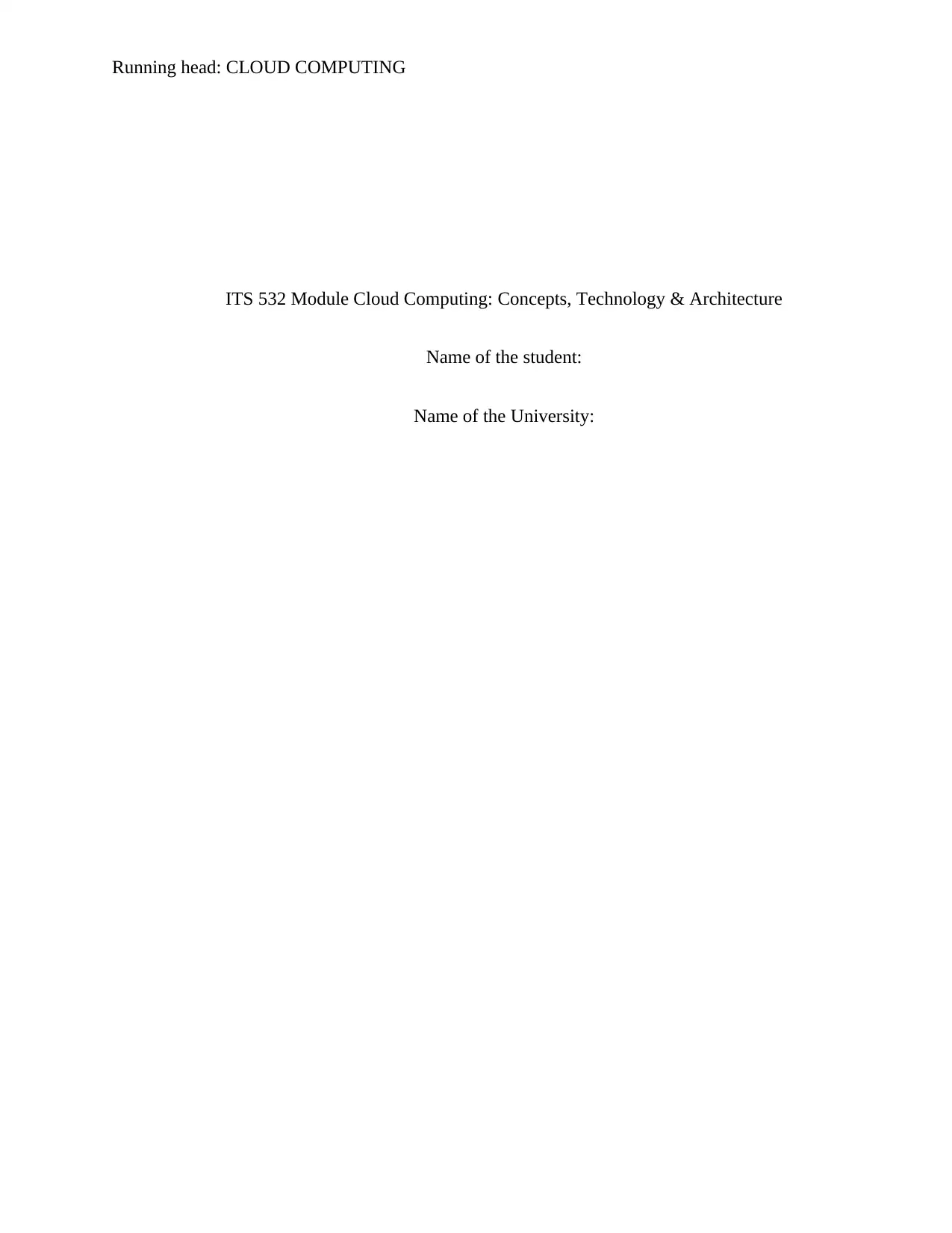
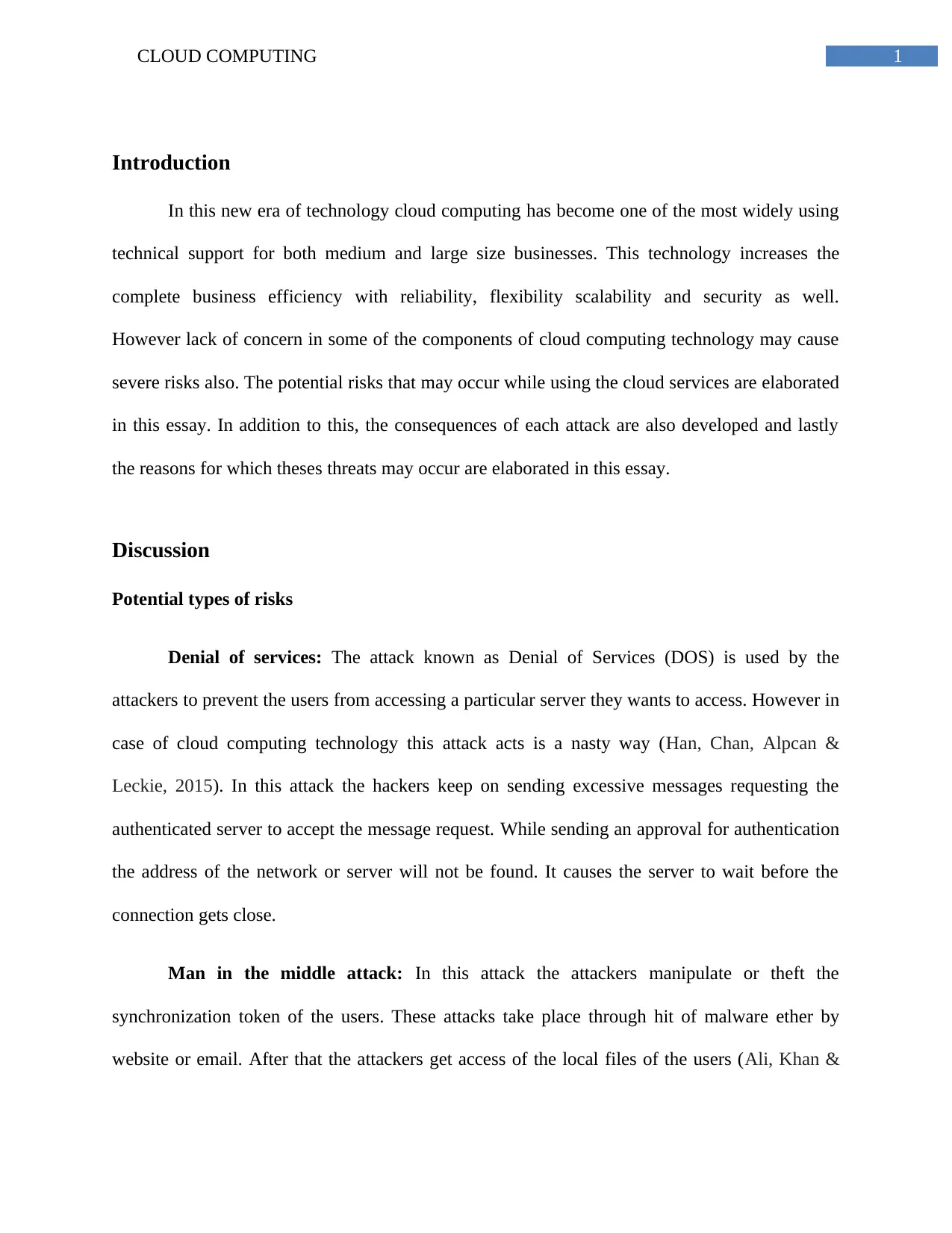
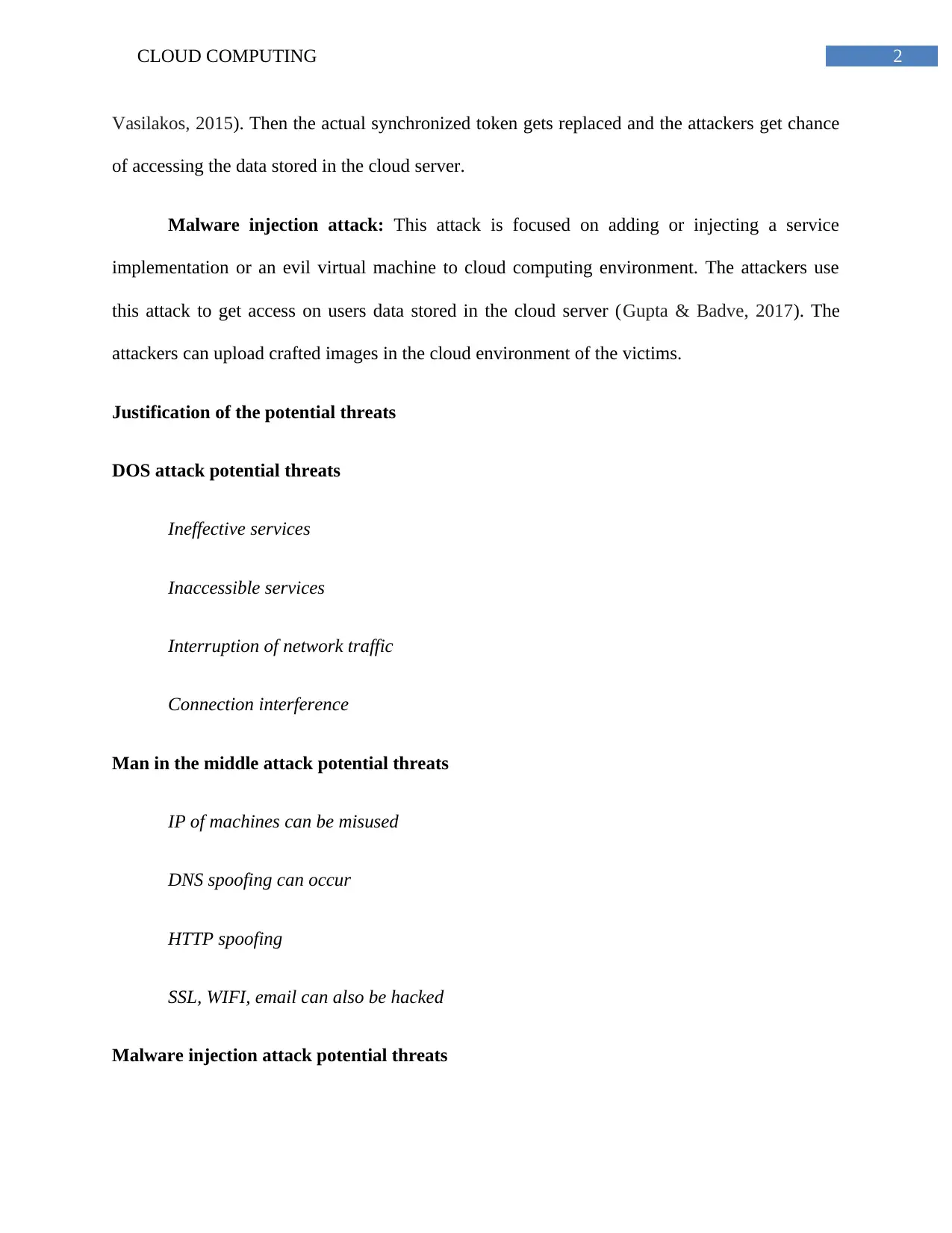

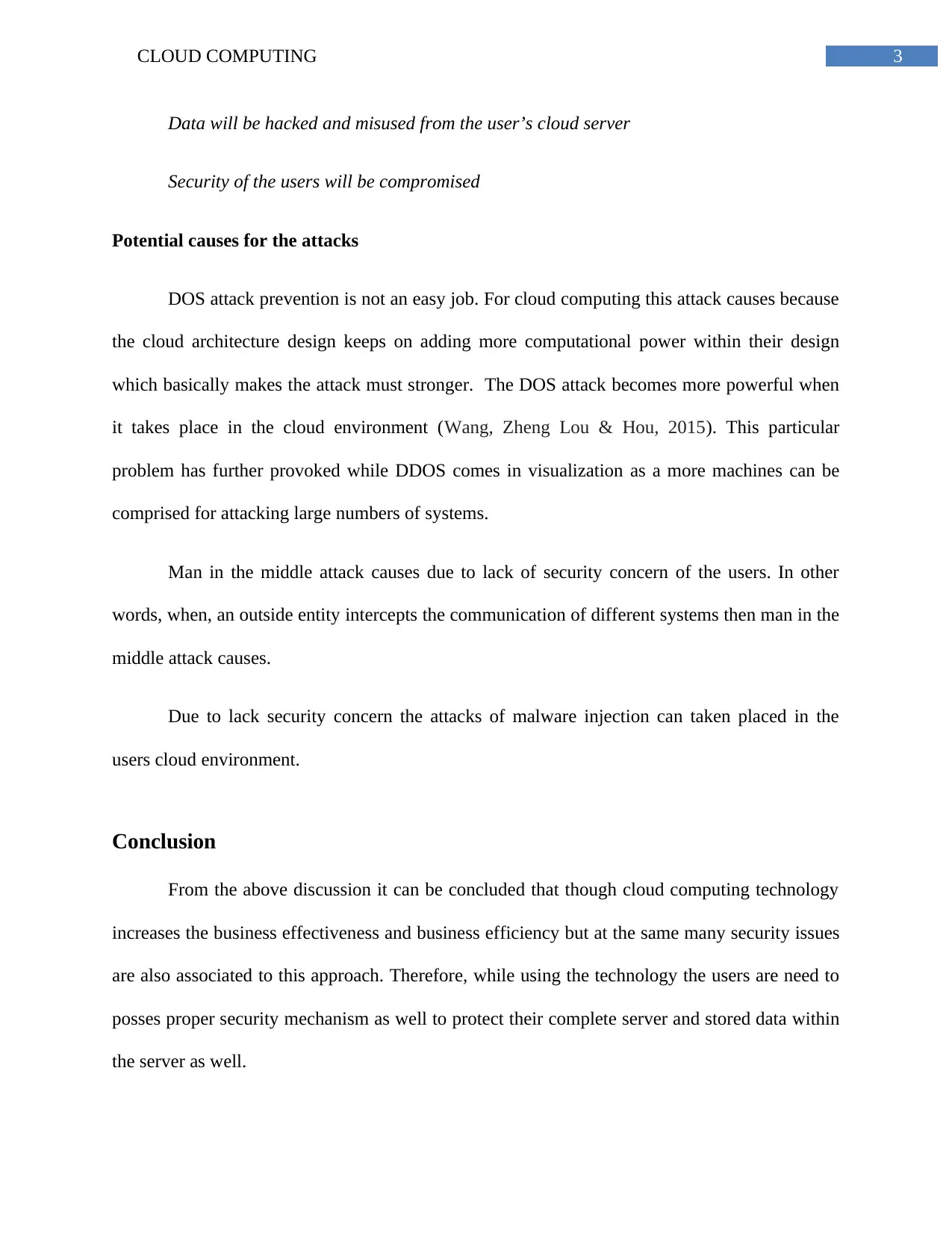
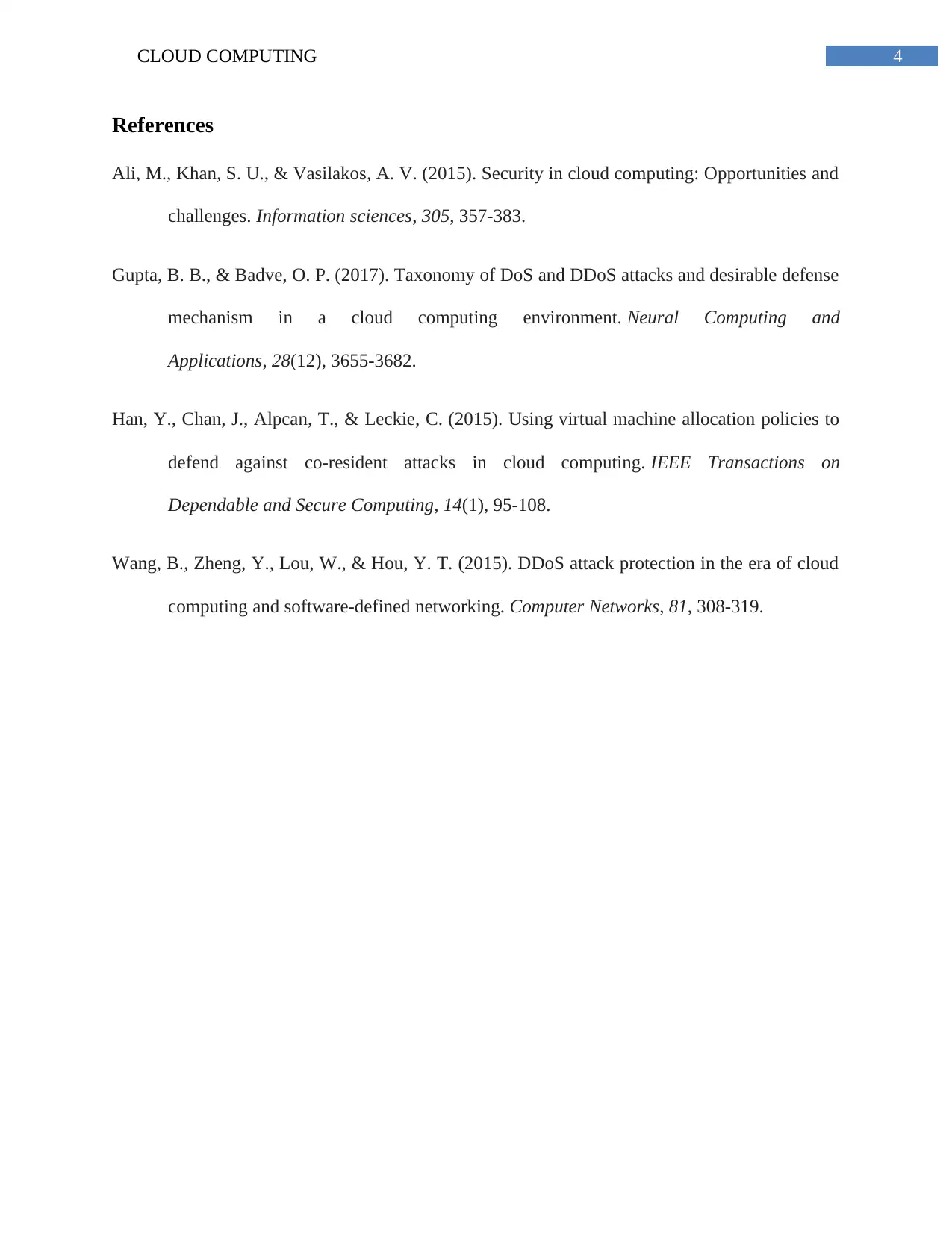





![[object Object]](/_next/static/media/star-bottom.7253800d.svg)